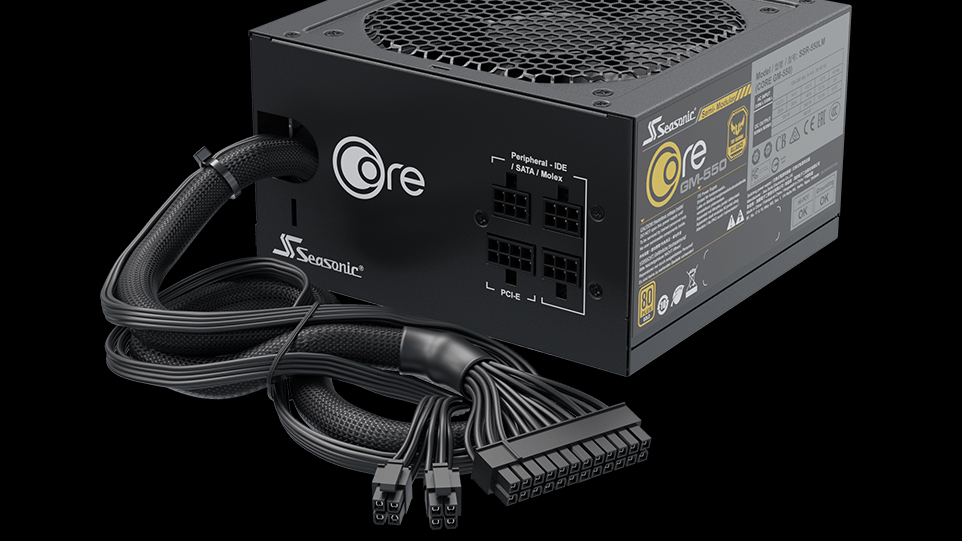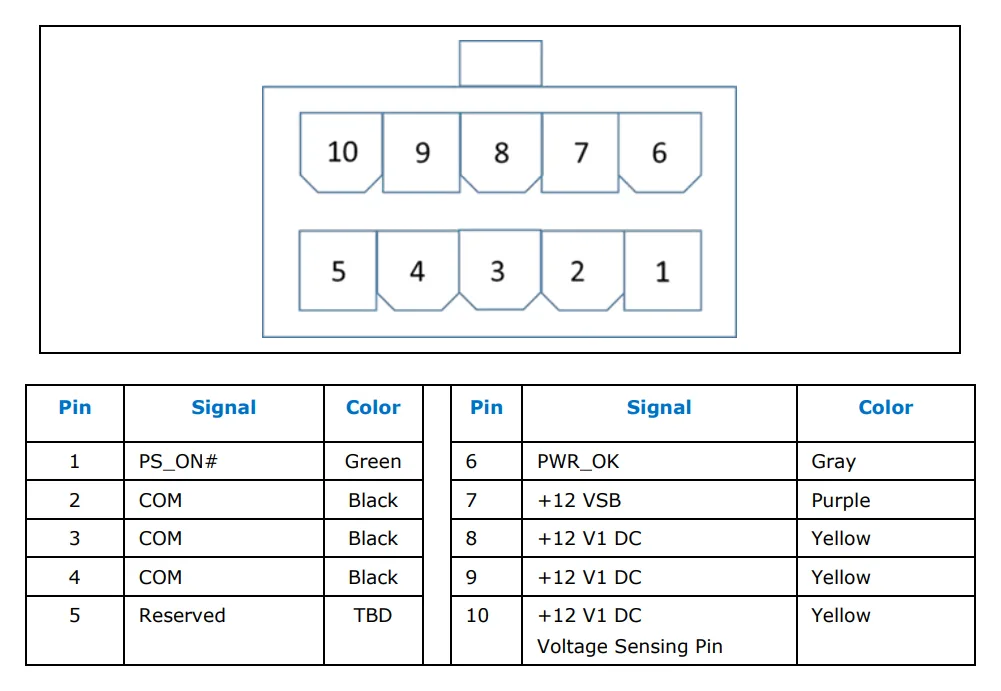Image: Seasonic
Big changes are coming to the long-standing ATX (Advanced Technology eXtended) power supply standard. Custom PC has learned that Intel will launch its new single-rail power supply form factor “ATX12VO” later this year, which improves upon the original and its subsequent revisions (i.e., ATX12V 1.0, 1.3, 2.0) in various ways.
For starters, Intel has gotten rid of the 3.3V and 5V rails completely. This means that ATX12VO PSUs will strictly provide 12V of power to all internal hardware components, the conversion of which will be handled by the motherboard. SSDs and hard/optical drives will draw power directly from a new “side-mounted SATA power connector near the SATA data ports.”
Image: Intel...
Continue reading...
Last edited by a moderator:
